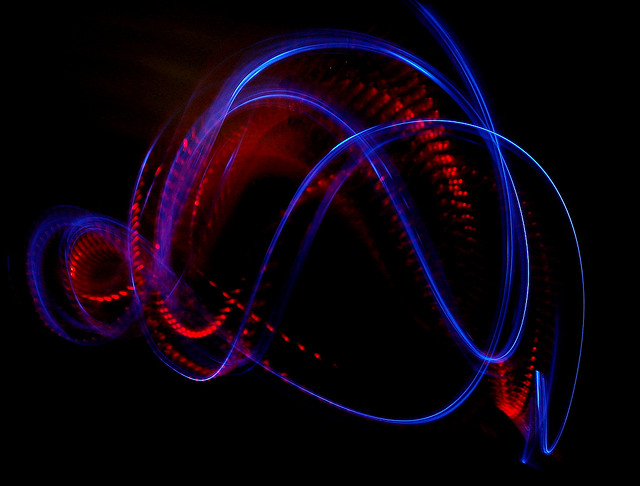The field of 3D printing is witnessing the addition of new technologies with each passing day. The researchers at the Lawrence Livermore National Laboratory came up with an entirely new technique in the 3Dprinting industry. The brand new technique which is creating vibes in the market is Light Directed ElectrophoreticDeposition, a technique which is here to replace the old school techniques such as FDM, SLS, SLA, and Jetting.
This technology might be a relatively new concept in the 3D printing industry but the on electrophoretic deposition (EPD) was being used in the auto industry to prime the vehicles before painting them for nearly a decade now. The working of this concept is quite simple. The liquid primer is positively charged while the area that is to be painted is negatively charged. These two opposite charges create a bond between the two materials. This process is commonly used as a first coat primer on automobiles. Now, the process that has been developed by the researchers at the Lawrence Livermore National Laboratory allows specific, pre-determined surface areas to be treated using the process of Light Directed ElectrophoreticDeposition.
This process uses photoconductive electrodes and DC electrical fields to pattern the surface. When the light comes in contact with the photoconductor surface the material builds up in the target area. This process allows 3D patterns to be made on multi-material composites on a large surface area having a fine resolution. Researchers used the Light Directed ElectrophoreticDeposition to produce an alumina ceramic-tungsten nano particle composite. Firstly the tungsten nano particles were deposited on the photoconductive surface. These particles were then illuminated with the help of a laser cut aluminum mask. Next a different shaped mask was used to deposit the ceramic material. Not before long the aluminum mask is replaced by a digitally projected mask similar to those that are found in the DLP television.
Many people are considering this as a break-through in the field of 3D printing. Andrew Pascall, who is a research engineer and a lead author, says that “We have presented a novel electrophoretic deposition technique based on using light to pattern materials on a photoconductive layer. This represents a large step in advancing electrophoretic deposition as a method of fabricating complex 3D patterned composites.”
The basic thing that the researchers have done is that they have given the traditional EPD a whole new dimension. Instead of depositing only one material across an entire surface, the light directed EPD allows the building up of material on top of the material and thus allowing the user to put on as many layers as they wish, which in turn created 3D objects. As per the experts in this field they feel that if this process is properly developed the 3D printing industry will scale up to new heights as with the use of this technique the objects will be extremely accurate and the process is a lot more faster than the once that already exist. The objects that are created by this technique will be a lot more accurate, this technology is being seen as helping the healthcare industry to build veins and arteries which are considered to be the more complex parts of a human body.
Image Credit: Rana Ossama (Flickr Handle: ranoush)
